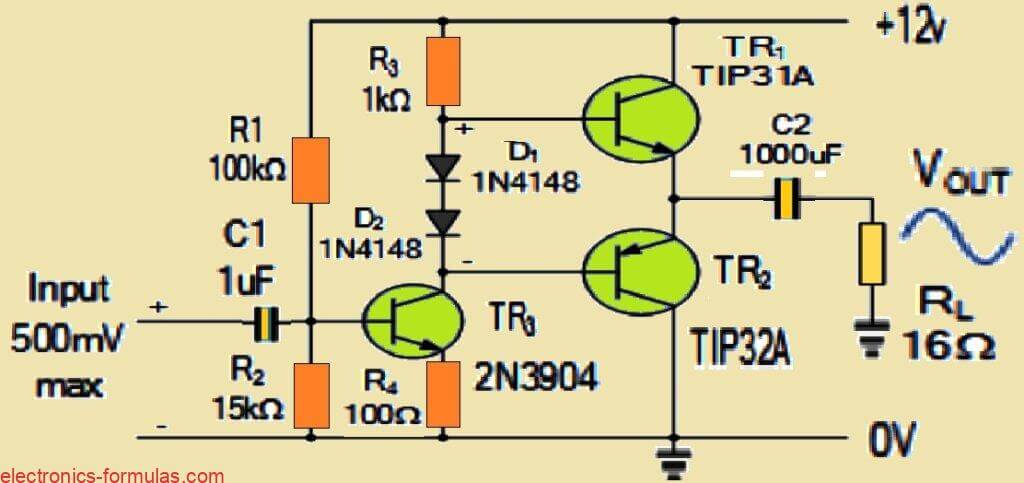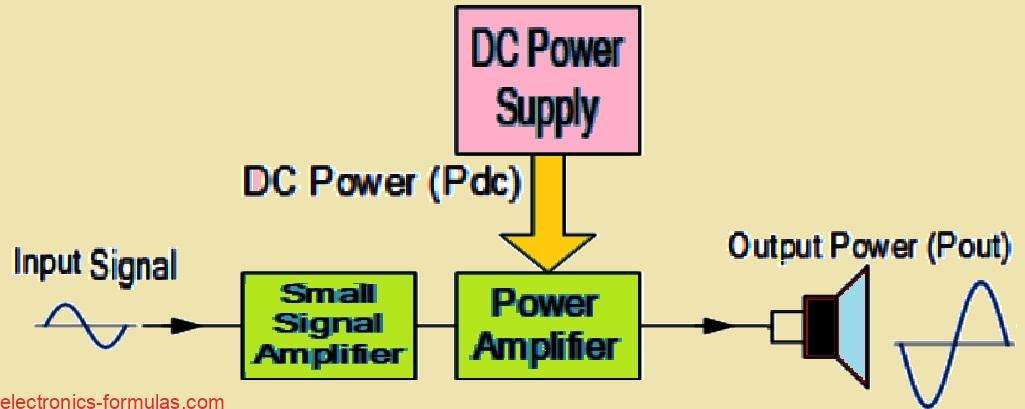So both Class B amplifier and Class AB amplifier types are having this special output stage which we call push-pull type right? And in this output section we always got two power transistors or maybe sometimes two FETs also that are joined or arranged in one special manner so that these two can take the […]
Class
What is Crossover Distortion in Class-B Amplifier Circuits
When we talk about distortion in an amplifier we are basically referring to how the output signal does not exactly match the original input signal it gets altered in some way. One particular type of distortion that affects amplifiers with a push-pull design is something known as crossover distortion. This happens specifically at the point […]
Class-B Amplifier Circuit Explained
Ok, in this post I will teach you regarding Class-B amplifiers and how it works. So if we want to make the full power efficiency of that old Class A amplifier a whole lot better by cutting down on the power that just gets wasted as heat, we can totally redesign the power amplifier circuit. […]
Class-A Amplifier Working Explained using Formulas
The common emitter class-A amplifier is specifically engineered to generate a significant output voltage swing even when it is fed with a relatively minuscule input signal voltage that might only be a few millivolts. These amplifiers are primarily utilized as what we call “small signal amplifiers” a concept we explored in our earlier tutorials. Now […]



